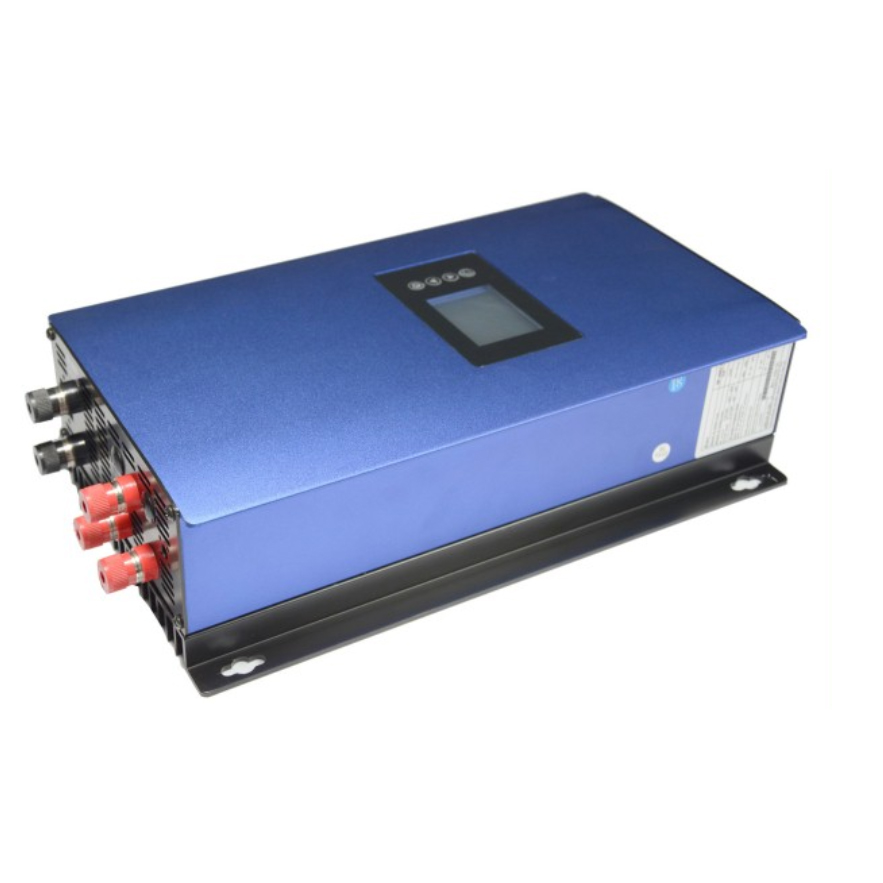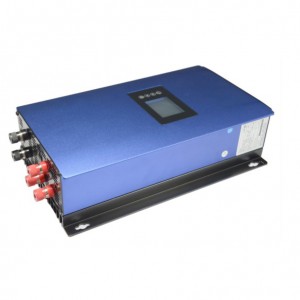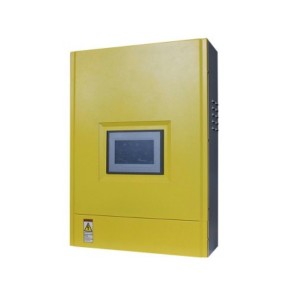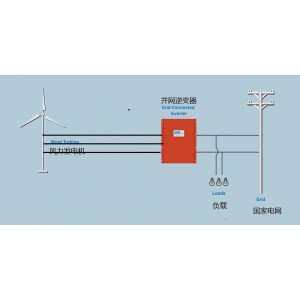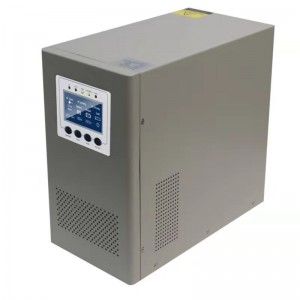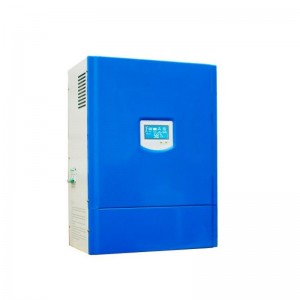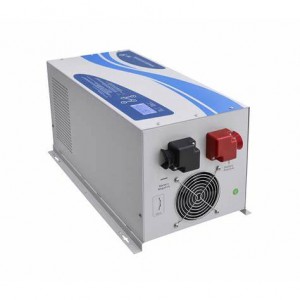Wind grid tie inverter 1kw-500kw
Application
Grid-tie inverter (GTI) is a special kind of inverter. In addition to converting DC power into AC power, its output AC power can be synchronized with the frequency and phase of the mains power, so the output AC power can return to the mains power. Grid-connected inverters are often used in applications where some DC voltage sources (such as solar panels or small wind turbines) are connected to the grid.
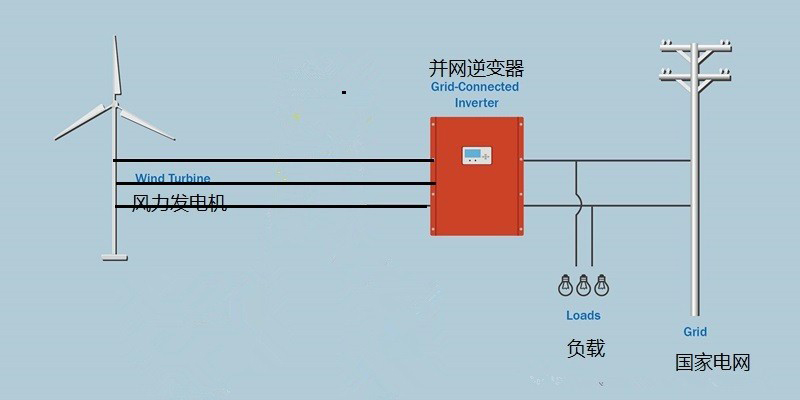
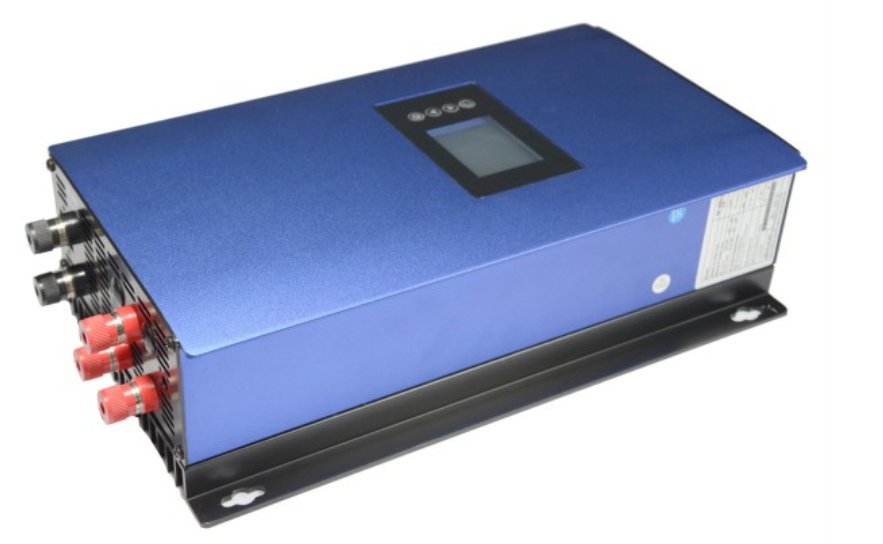
Operation mode
The inverter will convert the DC power supply to AC power supply for transmission back to the power grid. The frequency of the output voltage of the grid-connected inverter shall be the same as the grid frequency (50 or 60Hz), which is generally achieved by the oscillator in the machine, and the output voltage shall also be limited to not exceed the grid voltage. Modern high-quality grid-connected inverter has a power factor of 1, which means that its output voltage and current phase are the same, and the phase difference between them and the grid voltage is within 1 degree. There is a microprocessor in the inverter that can sense the AC waveform of the power grid and generate voltage according to this waveform to send back to the power grid. However, the power sent back to the power grid needs a certain proportion of reactive power, so that the power of the nearby power grid is within the allowable limit. Otherwise, if the proportion of renewable energy in a regional power grid is high, its voltage may rise too high at the time of high power output (such as noon).
If the power of the grid is cut off, the grid-connected inverter needs to be quickly offline from the grid. This is the regulation of the National Electric Code (NEC) of the United States to ensure that the grid-connected inverter will not provide power to the grid when the grid is powered off, and then the workers who repair the grid will not be electrocuted.
If properly configured, the grid-connected inverter can enable a family to use its own alternative energy sources (such as solar or wind power) without complicated wiring and batteries. If alternative energy is insufficient, the insufficient part will still be supplied by the power grid
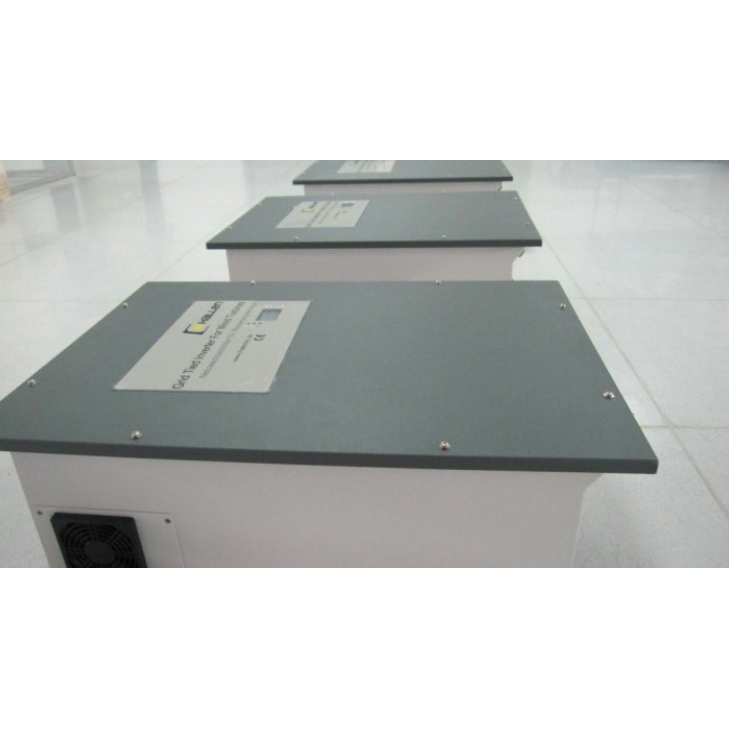
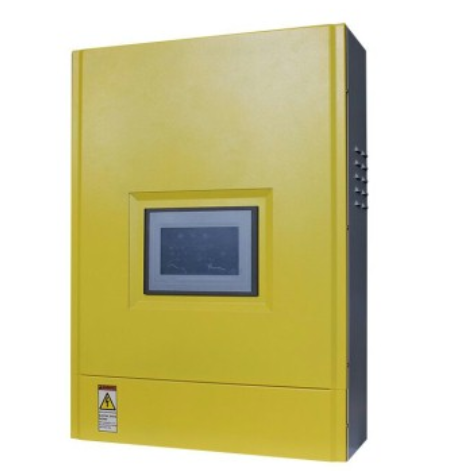
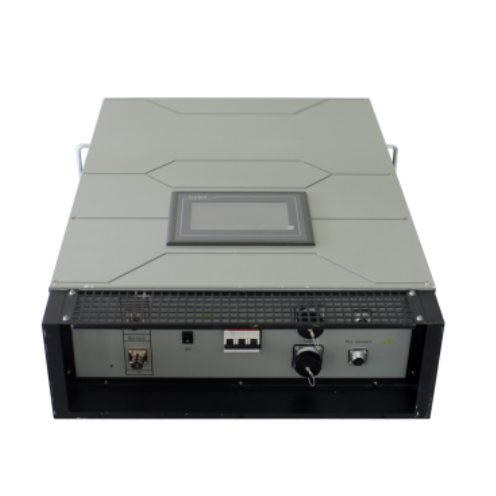
Rated output power: unit can be watt or kilowatt. Some inverters may have different rated output power for different output voltages. For example, the inverter can be set at 240VAC or 208VAC output, and the rated output power of the two will be different.
Output voltage: refers to the grid voltage that the inverter can connect to. If it is a small household grid-connected inverter, its output voltage will probably be 240VAC. If it is a commercial inverter, its voltage will be 208, 240, 277, 400, 480 or 600VAC, and it may be three-phase output.
Peak efficiency: Peak efficiency refers to the best efficiency that the inverter can output (efficiency refers to its output AC power divided by the input DC power of the inverter). In July 2009, the peak efficiency of most grid-connected inverters on the market could reach 94%, and some could reach 96%. The energy dissipated is mainly heat energy. In order to make the inverter output to the rated power, its input electric power should be greater than the rated power. For example, the efficiency of 5000W inverter at full power is 95%, so it needs 5263W input power (rated power divided by efficiency). If the inverter can output electric energy at several different voltages, it will also have its peak efficiency at each voltage.
CEC weighted efficiency: The calculation method of this efficiency is based on the algorithm published by the California Energy Commission (CEC) on its GoSolar website. Unlike the peak efficiency, CEC weighted efficiency is the average efficiency, and the comparison can show the situation of the inverter in operation. If the inverter can output electric energy at several different voltages, it will also have its CEC weighted efficiency at each voltage.
Maximum input current: the maximum DC current that the inverter can use. If the output current of the system (such as solar cell) exceeds this upper limit, the inverter cannot use this current.
Maximum output current: refers to the maximum AC current that the inverter can continuously provide. This value is generally used to confirm the minimum current rating of the overcurrent protection equipment (fuse or non-fuse switch) and the minimum current rating of the relevant equipment that will disconnect the circuit. If the inverter can output at several different AC voltages, it is also possible to have different maximum output current at each voltage.
Peak power tracking voltage: This indicates the DC voltage range that the maximum power point tracking (MPPT) of the inverter can operate. The system designer needs to confirm that the series connection of the system has been optimized. For most of the year, the voltage generated after the series connection is within the above range. Because the voltage may fluctuate and change with the temperature, this may be a difficult job.
Start voltage: not all inverters will be marked with this value. This value refers to the minimum DC voltage required for the inverter to start and start operation. It is particularly important in the application of solar energy, because the system designer needs to confirm that there are enough PV modules in series, and the voltage can exceed the starting voltage. If the manufacturer does not indicate this value, the system designer will generally take the lower limit of the peak power tracking voltage as the lowest voltage of the inverter.
International protection grade certification (IPxx rating): the protection grade or IP number classification refers to the protection ability of the product related to solid foreign matters (indicated in the first code of the protection grade) and water (indicated in the second code of the protection grade). The higher the number, the better the protection ability. NEMA enclosure type in the United States is also used for similar international protection class. Most inverters used outdoors are IP45 (non dust proof) or IP65 (dust proof), or in the United States are NEMA 3R (no dust protection) or NEMA 4X (dust prevention, direct splash prevention, and additional corrosion protection)

